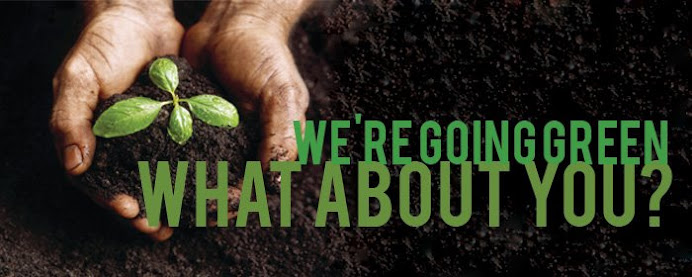- Audit yourself
A home energy audit is a way to inventory your home's energy use, where energy is lost, and where it can be saved. You can do an energy audit yourself or get a pro. Many utilities also offer home and business energy audits for free. - Reduce your use
The lowest hanging fruit just begging to be picked are simple energy-saving practices. They're also the most cost effective. Top tasks include:- Replace your light bulbs with compact fluorescent light bulbs (CFLs) or even cutting-edge light emitting diodes (LEDs).
- Turn off lights and other devises when they're not needed. Check out the How to Go Green: Lighting guide for more lighting tips.
- Eliminating electronics that sleep on a standby setting; they continue to pull a current even when "turned off."
- "Wall warts," those clunky AC adaptors on many power cables, pull current, too, so those should be taken out of the wall when not in use -- this is also known as phantom power. Your best bet is a "smart" power strip, or a power strip that can be turned off at night.
- Clothes driers gobble up a lot of power, so line drying can be a great energy saver.
- Replace your light bulbs with compact fluorescent light bulbs (CFLs) or even cutting-edge light emitting diodes (LEDs).
- Put your house on a diet
Homes consume an enormous amount of energy, especially in heating and cooling, and American homes consume around six times the world average. Once you've audited your home for energy use (even if you haven't) some simple moves can cut your electricity bill. Keep your house cool with natural ventilation instead of air conditioning as much as possible. Use in-room, ceiling, or whole-house fans to move air throughout the house. Blocking sunlight during hot hours of the day can help lower your cooling load. If your house uses electricity for water heating, wrapping your water tank in an insulating blanket can save on power. Also, if your house is heated with electricity, see How to Go Green: Heating for more in-depth advice. - Buy wise
After cooling and heating, appliances and other plug-in devises are the next biggest users of energy in your abode. When looking for new appliances, seek out the most energy-efficient models. Most new appliances come with a yellow EnergyGuide label which, like mileage ratings on cars, shows its consumption in terms of kWh per year. Also look for Energy Star rated products (more on Energy Star below). Electronics like computers and audio equipment can be big power suckers, too. See below for more on greening your computer usage. Being smart with lighting is another key way to green your power usage. See How to Go Green: Lighting for more. - Homemade juice
You think making your own bread at home feels good? There's nothing quite like the feeling of making your own electricity from the sun, wind, or water. Installing an home alternative energy system is becoming more and more cost effective as technology improves and assistance programs spread. Photovoltaic, or solar electric, systems are the most common. Depending on your available space, local climate, budget, and local utility, a solar electric system can provide all the energy needed for a typical home (and possibly more). Check with your local power utility about subsidy programs or other available programs.
Small, home-sized, wind turbines are a rapidly growing field. Time Magazine called the Skystream 3.7 one of the best new inventions of 2006. These can be pricey little whirleygigs, but depending on your local wind conditions, it can take a big chunk out of your energy use and replace the dirty with clean. There's also a thriving DIY wind movement. - If you build it…you will save
A home or building designed and constructed around energy efficiency can realize enormous savings. Everything from the positioning of the house, use of daylight and natural ventilation, lighting and appliances, and renewable energy system can push a building closer and closer to net zero energy consumption. If you are considering building a home, do serious renovations, or an addition, make sure that energy efficiency is a key design criterion. The Energy Star rating system has a home certification program, and LEED (Leadership in Energy and Environmental Design) now has a rating system for residential homes. One of many great books to consult is Your Green Home, by Alex Wilson. - Think lifecycle
We all use energy. It's just a fact. Even an off-the-grid house is filled with embodied energy. Everything from the power it took to manufacture the solar panels (which was a lot), to the fuel burned in transporting the micro wind turbine from the factory, embodied energy, or lifecycle energy, is in everything we buy and use. Manufacturing, advertising, packaging, shipping, etc. are all part of a product's energy history. We should all learn to think of things this way. Solar panels, for example, have a great deal of energy embodied in them, much more than, say, a passive solar water heating system.
Credits to Planet Green.

